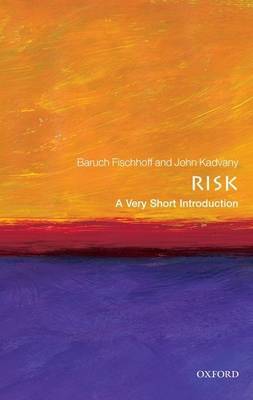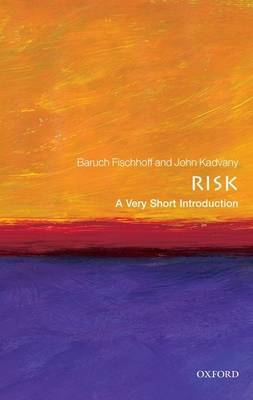
- Afhalen na 1 uur in een winkel met voorraad
- Gratis thuislevering in België vanaf € 30
- Ruim aanbod met 7 miljoen producten
- Afhalen na 1 uur in een winkel met voorraad
- Gratis thuislevering in België vanaf € 30
- Ruim aanbod met 7 miljoen producten
Zoeken
Omschrijving
We find risk everywhere--from genetically modified crops, medical malpractice, and stem-cell therapy to heartbreak, online predators, identity theft, inflation, and robbery. They arise from our own acts and they are imposed on us. In this Very Short Introduction, Baruch Fischhoff and John Kadvany draw on both the sciences and humanities to illuminate both the similarities and differences of various kinds of risk. Using conceptual frameworks such as decision theory and behavioral decision research, they examine the science and practice of creating measures of risk and look at how scientists apply probability by combining historical records, scientific theories, and expert judgment. Perhaps more important, they show what science has learned about how people deal with risks, applying these lessons to diverse everyday examples, demonstrating how we can move from understanding a risk to making a choice to diminish risk in everyday life.
Specificaties
Betrokkenen
- Auteur(s):
- Uitgeverij:
Inhoud
- Aantal bladzijden:
- 192
- Taal:
- Engels
- Reeks:
Eigenschappen
- Productcode (EAN):
- 9780199576203
- Verschijningsdatum:
- 1/07/2011
- Uitvoering:
- Paperback
- Formaat:
- Trade paperback (VS)
- Afmetingen:
- 114 mm x 175 mm
- Gewicht:
- 149 g

Alleen bij Standaard Boekhandel
+ 27 punten op je klantenkaart van Standaard Boekhandel
Beoordelingen
We publiceren alleen reviews die voldoen aan de voorwaarden voor reviews. Bekijk onze voorwaarden voor reviews.








